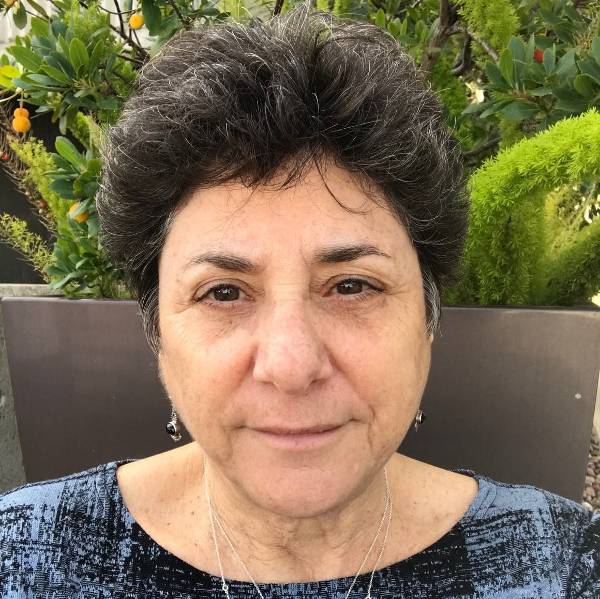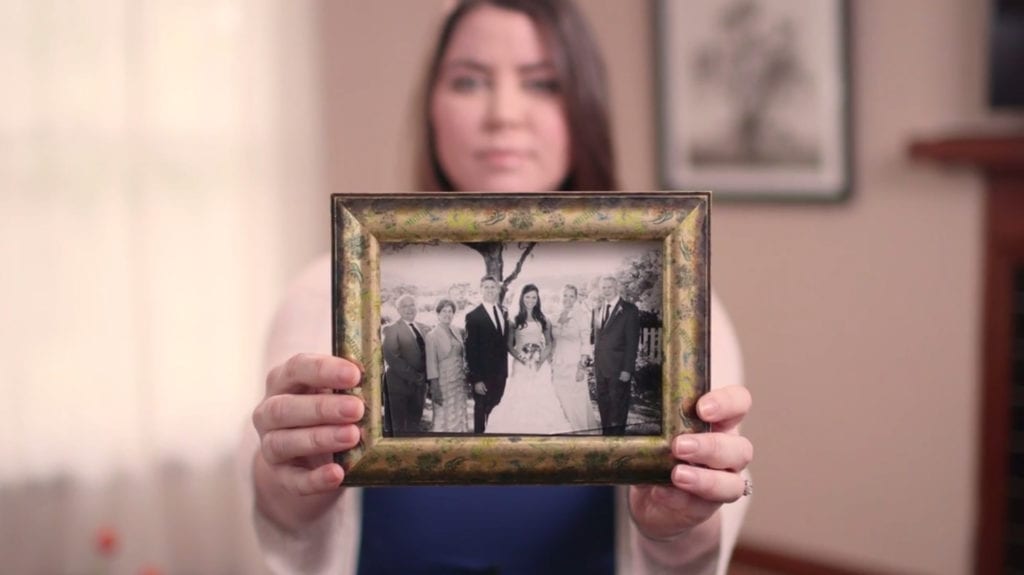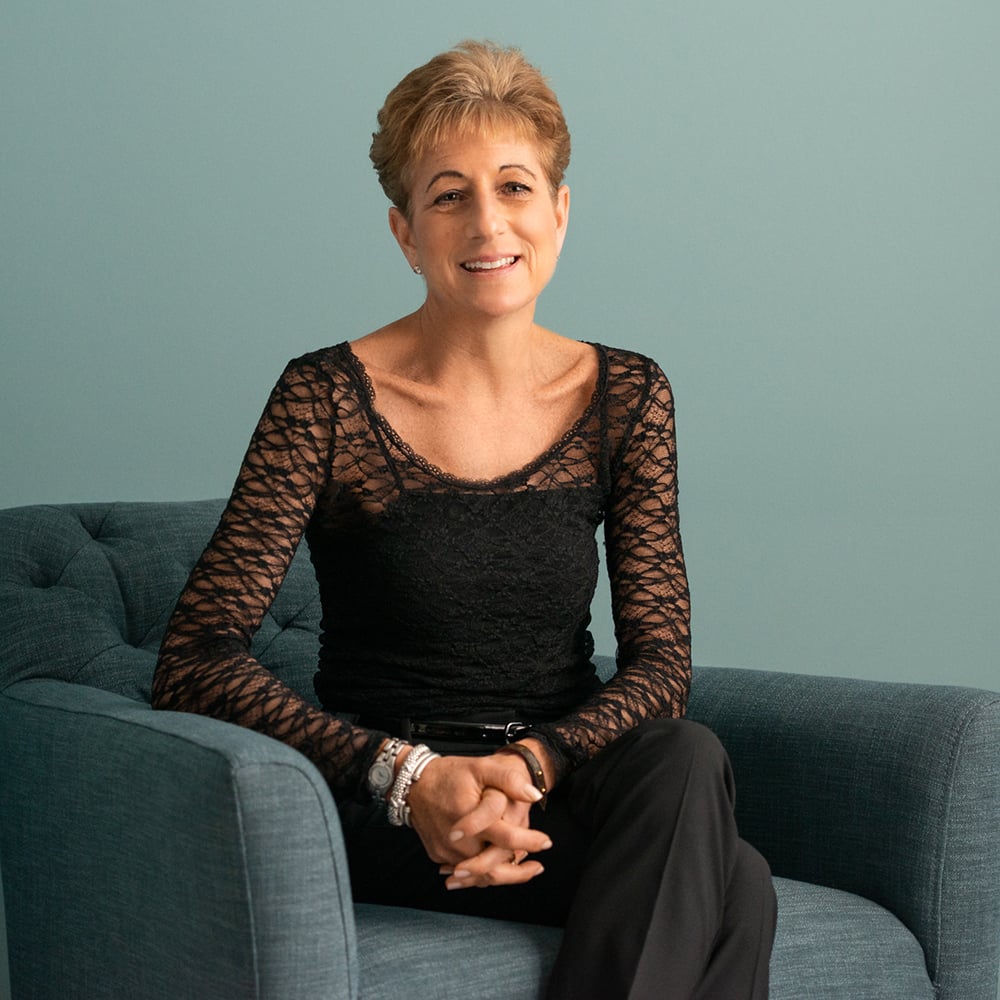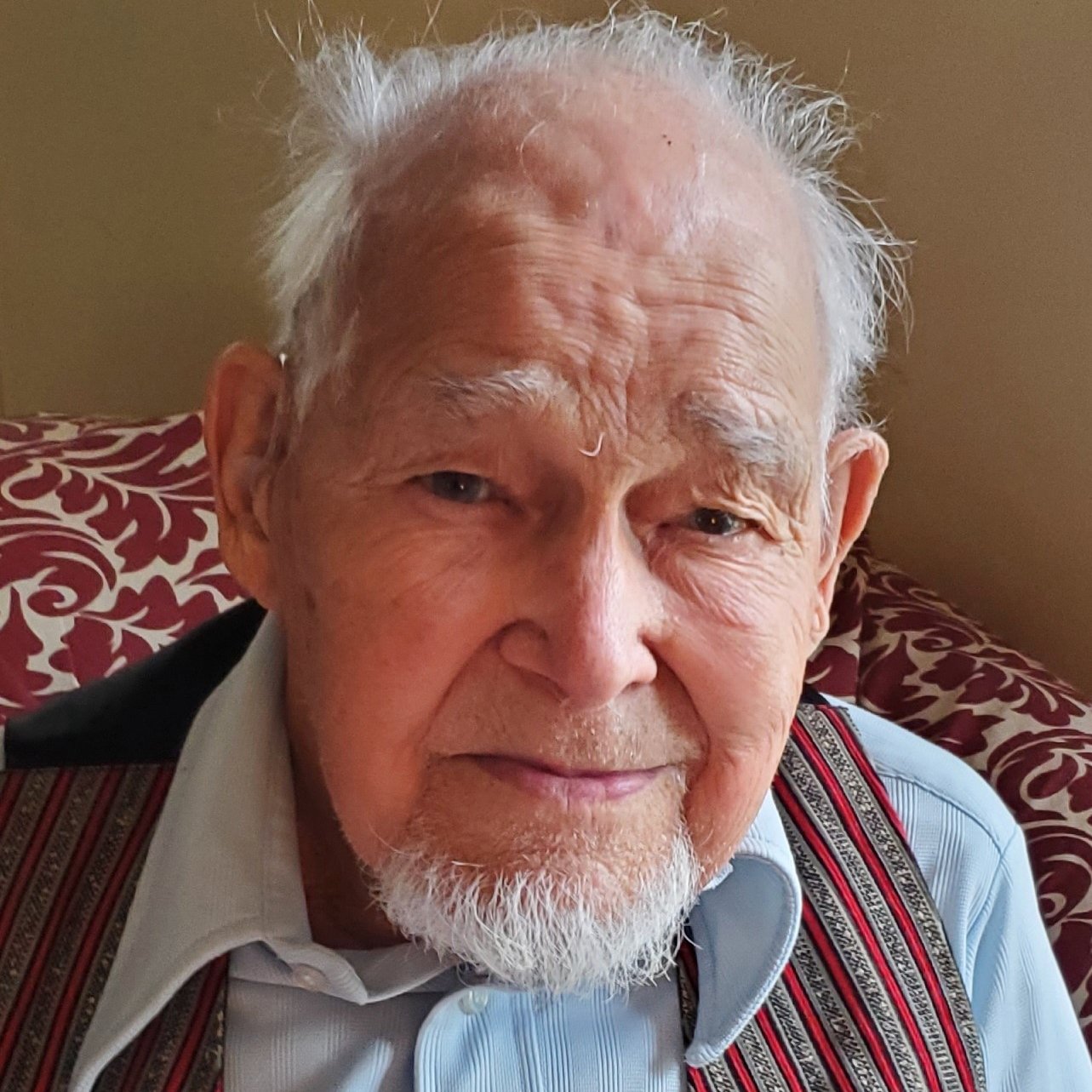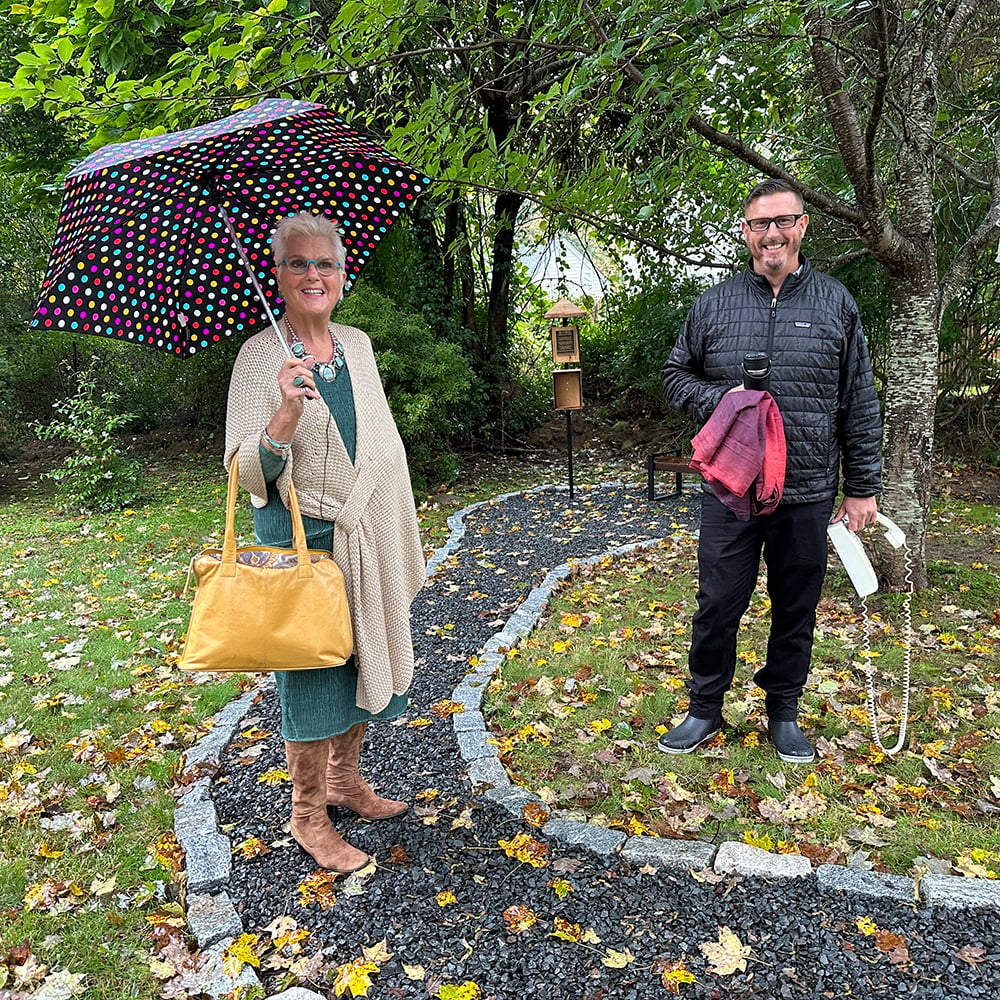Lisa shared her story in December 2019.
My medical training did not prepare me to manage end-of-life symptoms, either physical or psychological. Hospice care had not yet become available, and I had no one to learn from. I went home after being on call, deeply regretful because I felt I had failed my dying patients.
I welcomed the developing fields of geriatrics and palliative medicine and practiced these specialties for most of my nearly 40-year career. But despite the best efforts of hospice care, some people died with poorly controlled symptoms or in severe existential distress. My own father, dying of advanced cancer, looked up at me through his sunken eyes and asked, "Can't you make this go faster?" He was on hospice, but they were not doing a good job at controlling his pain. Legally, there was nothing I could do, but I was sad that I couldn’t grant that release for him.
When the End of Life Option Act passed in California, I knew this would be an additional approach to end of life that would expand what the medical community could offer to relieve unremitting suffering. Before the law became available in California, many patients in the past had expressed to me that they wished they had had the option, so I am very grateful to have this in my set of tools.
It was challenging to write the first prescription. I wanted to be sure that I was following the law and checking off all the boxes. It was new to all of us.
I have many stories of the benefit of medical aid in dying to individuals and families from my experience as both a prescribing and consulting doctor. The families have all expressed gratitude for this peaceful option. The experiences of my patients and their loved ones have confirmed my appreciation of this law as an option for those who choose it.
As medical aid in dying becomes more frequent, more publicized, and normalized in the culture, it will become easier for physicians to bring it up as an alternative. We bring up options to accept or decline chemotherapy, that affects prognosis - whether one lives a certain amount of time or not. We bring up comfort care, we talk about advance directives. I see this as a continuum of care, not a separate issue.
Within traditional palliative care, people choose different things. Some people want to be very sedated and have zero pain, some people ascribe meaning to their pain and want to remain alert as long as possible. People make choices within the realm of palliative care, and medical aid in dying is just another choice along this continuum.
Since I’ve retired and started working per diem, I’ve noticed that several of the new palliativists that have come out of training fairly recently are unwilling to participate in the law. I think some trainees are coming out thinking that medical aid in dying is not an acceptable option and not really part of palliative care. Their attitude is, “If you have good palliative care, you don’t need this.”
What we’ve done to bring more doctors into the fold of those willing to participate is to share stories and experiences. Part of what I say to newer doctors is, “When you’ve practiced for a long time, you’ll have a lot of sad memories of sitting at the bedside of some dying people whose symptoms you just couldn’t get under control, despite massive doses of opioids and sedatives. Good palliative care is wonderful, but it’s not 100% and to not look at a broader set of options is shortsighted.”
Maybe some doctors have to practice longer and learn the hard way that the morphine drip doesn’t fix everything. I hope, however, that other clinicians will understand that it’s been successful for patients and it’s been gratifying for me, as a clinician, and that they would open their minds to consider participating. For doctors who are not sure, I recommend they sit in and be mentored by a prescribing doctor as a way of experiencing supporting a patient through this without taking responsibility, initially. Our mantra in medical school was: See one, do one, teach one.


